

BHUTAN
Remote. Dynamic. Invigorating.
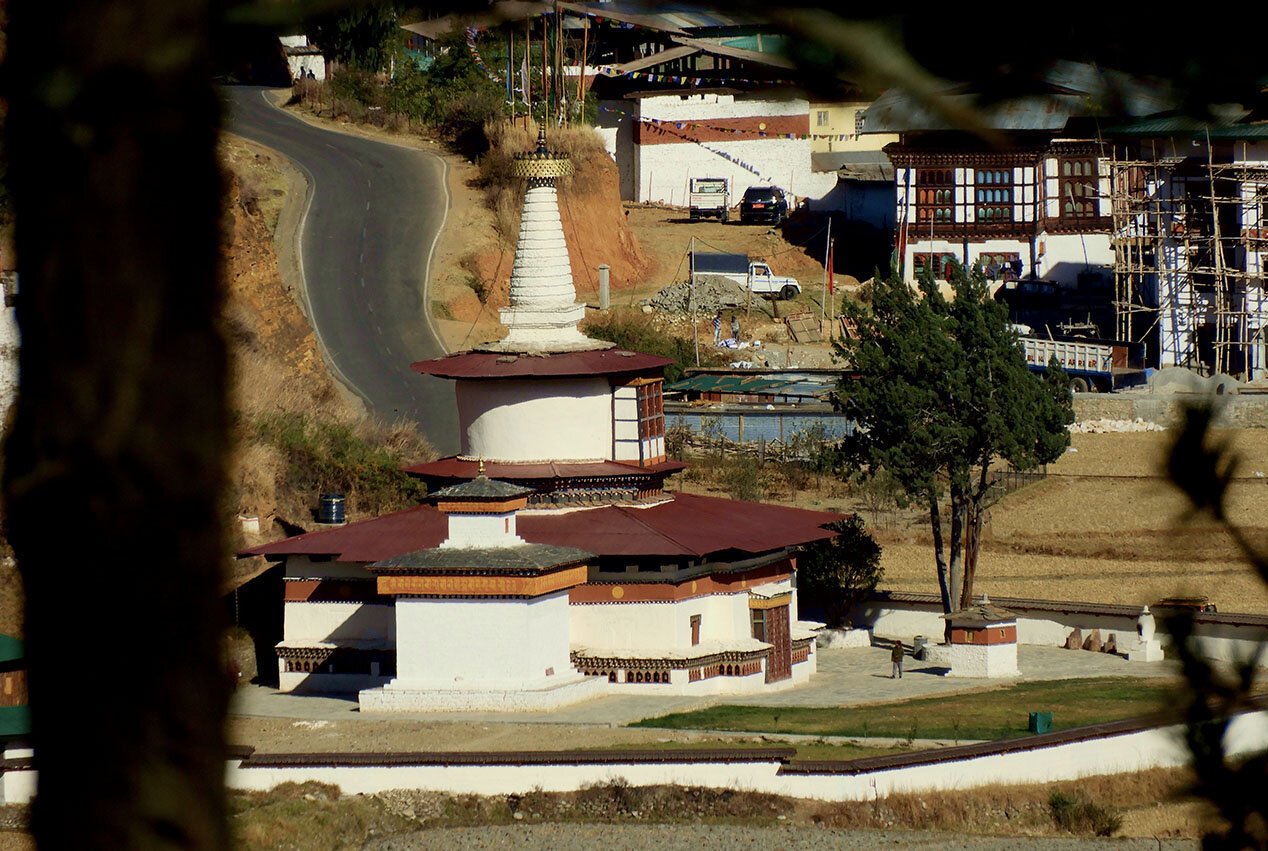
DUMTSE LHAKHANG
This three-story temple represents the themes of hell, earth and heaven through striking murals.
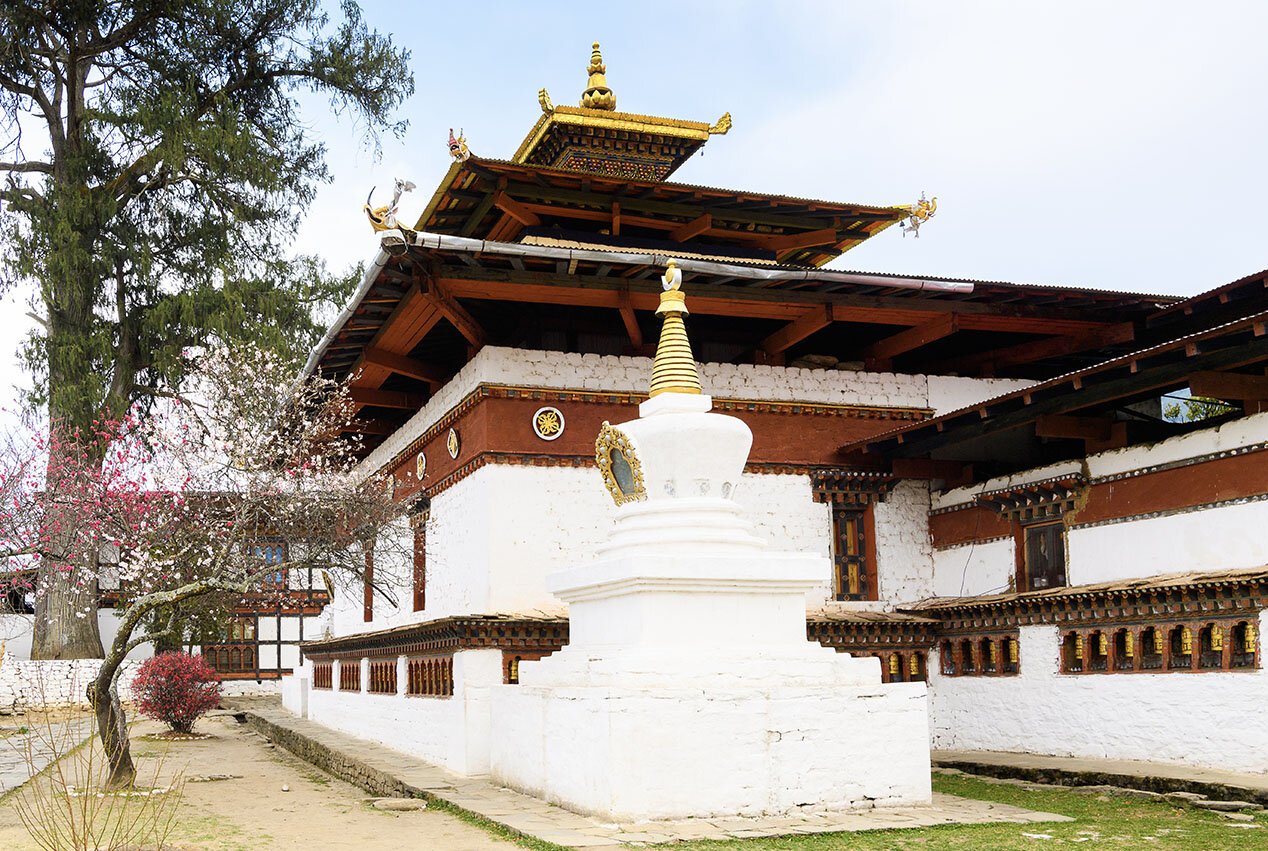
KYICHU LHAKHANG
Said to be one of 108 temples built in a single day in 659 to pin down an ogress who was impeding the spread of Buddhism in the region, this temple is now one of the most sacred in Bhutan.
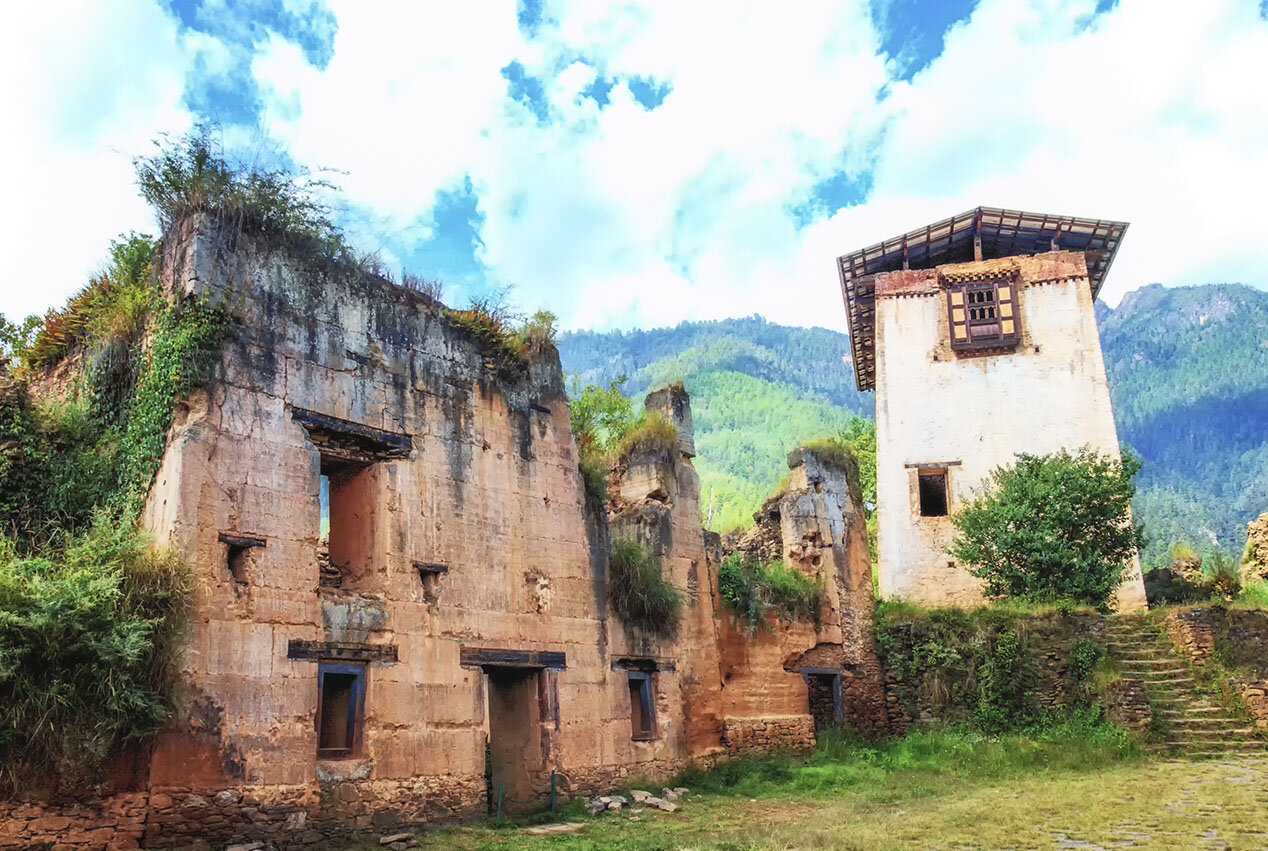
RUINS OF DRUKGYEL DZONG
Savor picturesque Paro Valley below and sacred Jhomolhari Mountain above from atop this ruined fortress.
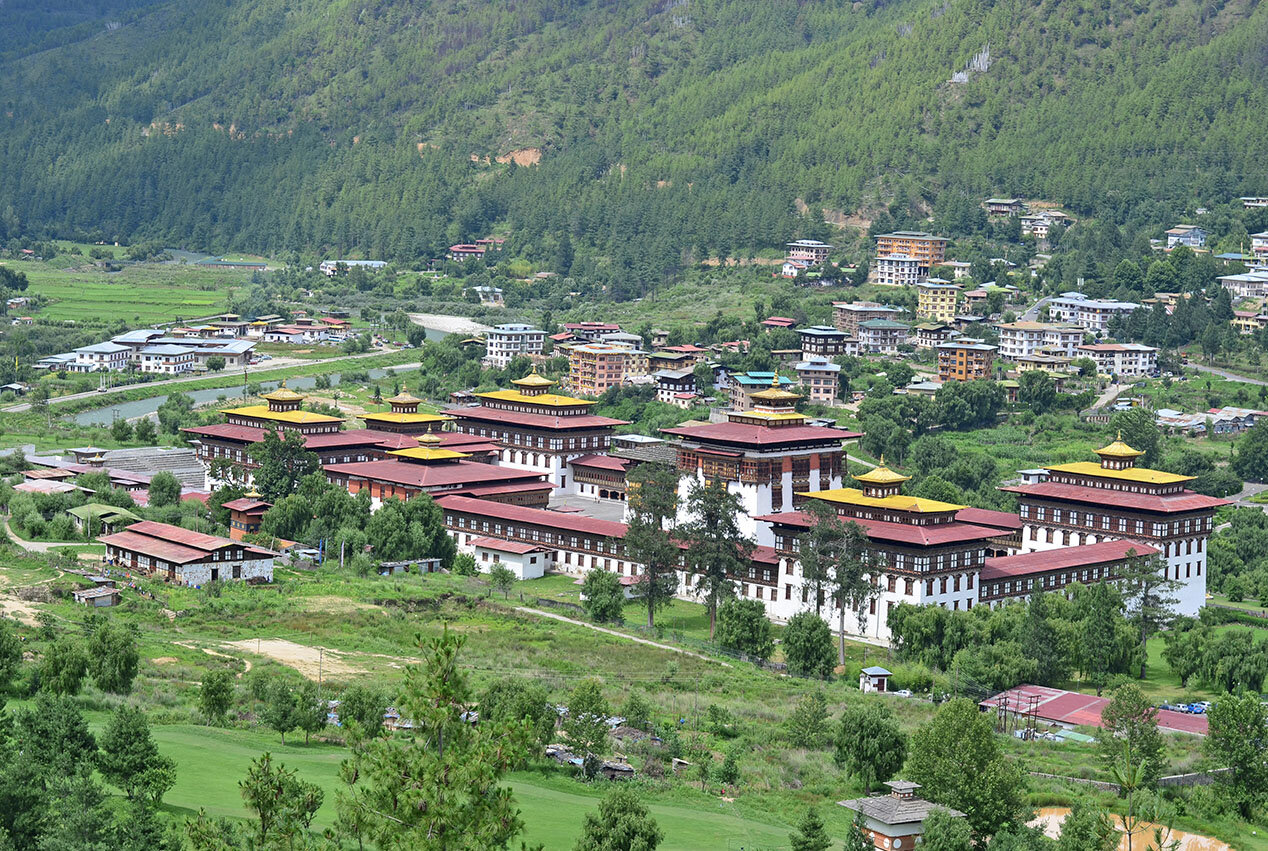
TASHICHHO DZONG
This is the capitol building and office of the reigning king. Together the king and the Je Khenpo (supreme religious leader) rule side-by-side to provide for their people’s secular and spiritual well being.
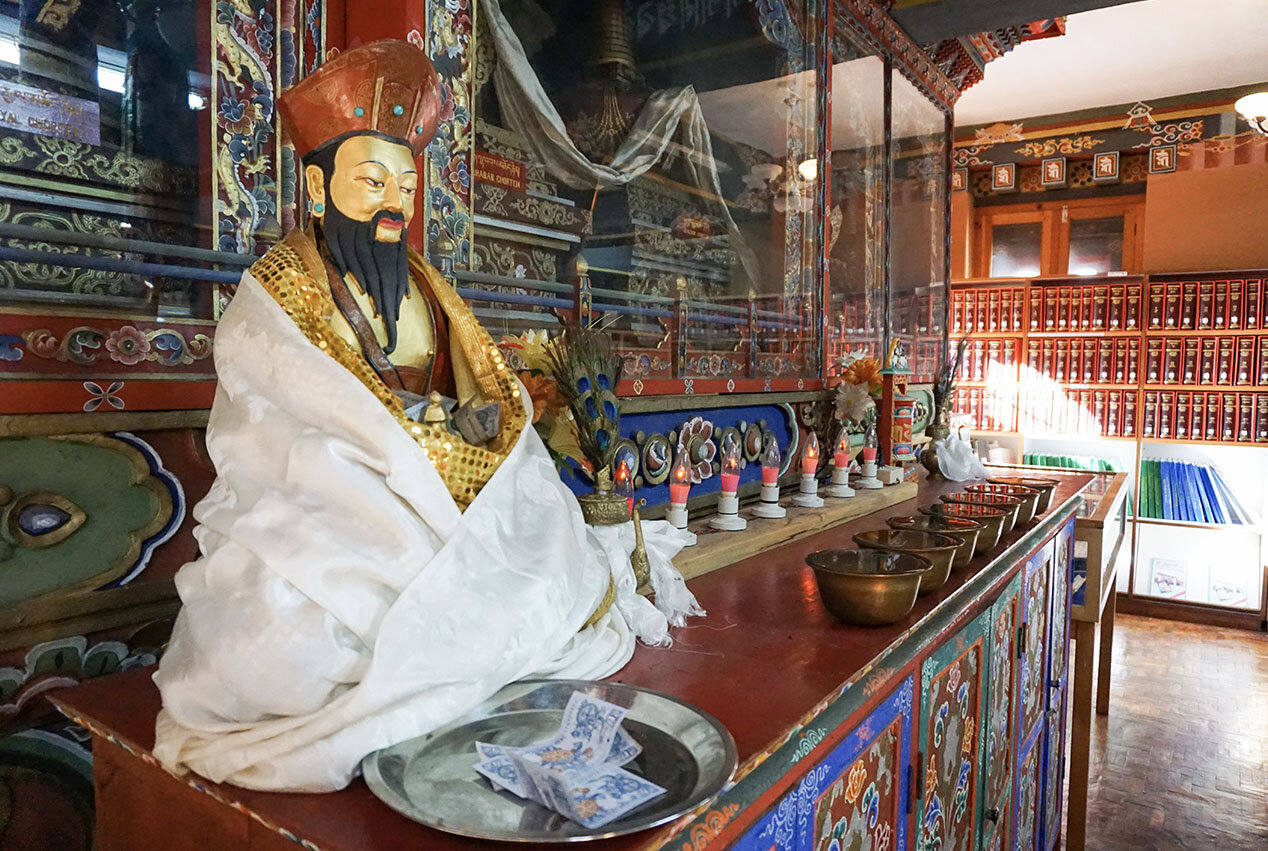
NATIONAL LIBRARY
Built to preserve ancient sacred texts in both the Dzongkha (Bhutanese) and Tibetan languages, history buffs will find its collection well worth a browse.
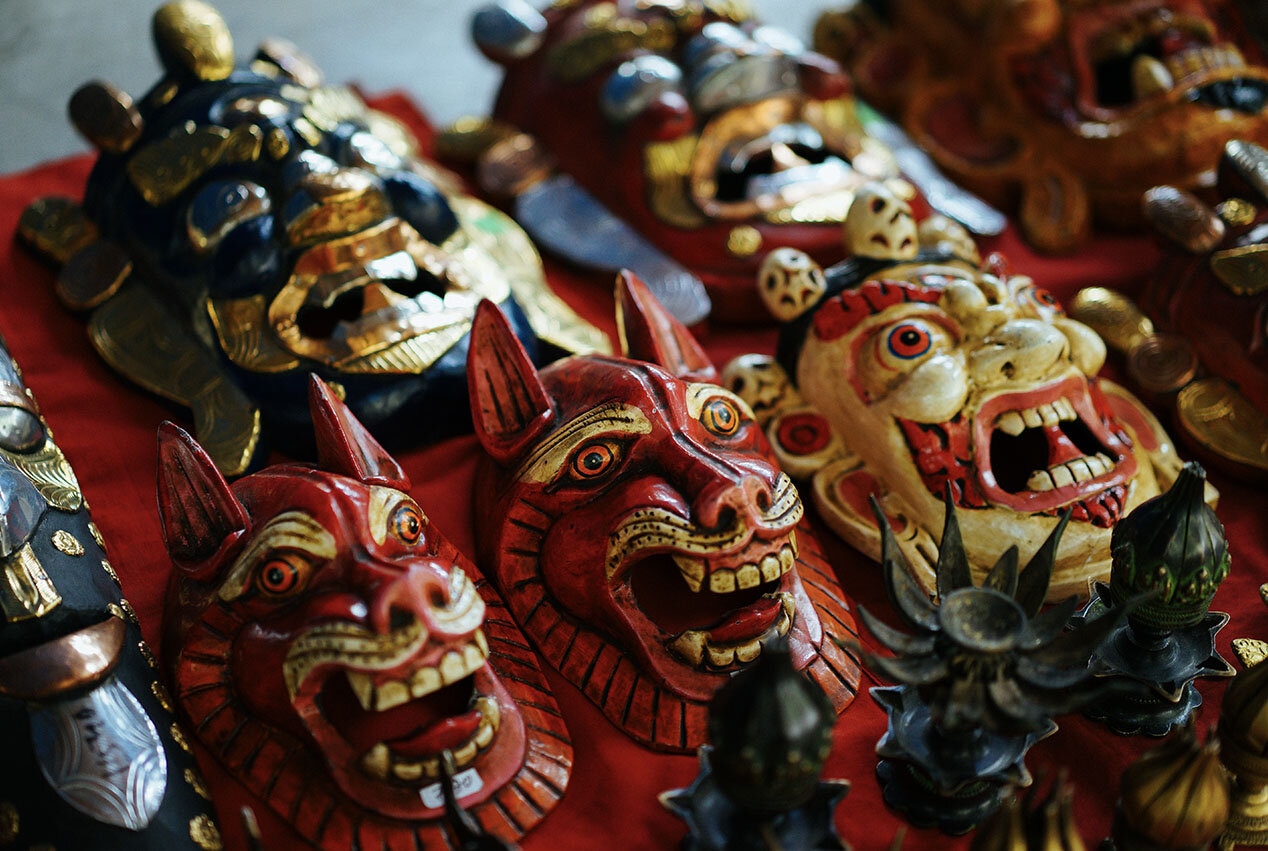
WEEKEND MARKET
If you’re in Thimphu on a weekend don’t miss a stroll through the market, a great place to pick up handicrafts or just wander and people watch.
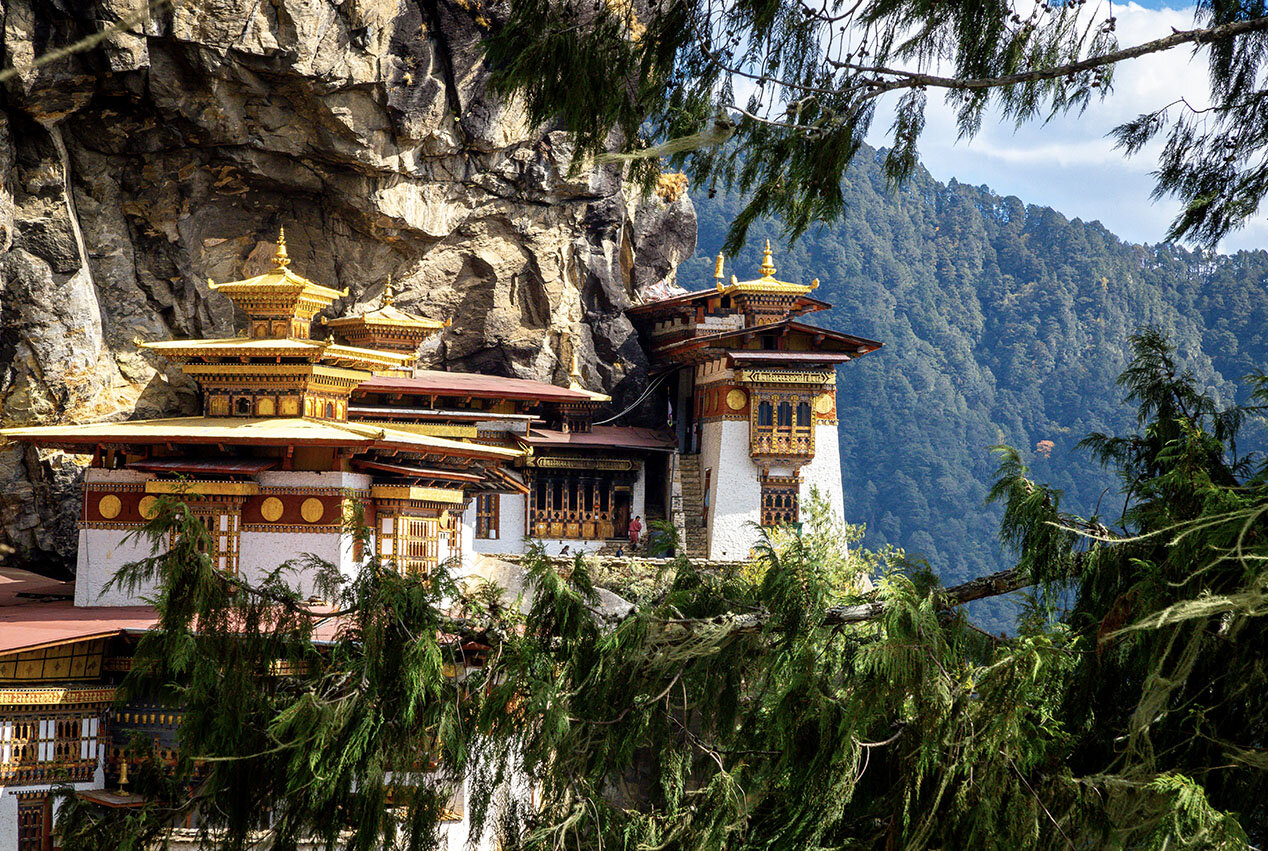
TAKSHANG MONASTERY (TIGER’S NEST)
Clinging dramatically to a cliff almost 3,000 feet above the Paro Valley floor, this monastery is a justifiably famous must-see. Be prepared for a multi-hour walk to reach the monastery.
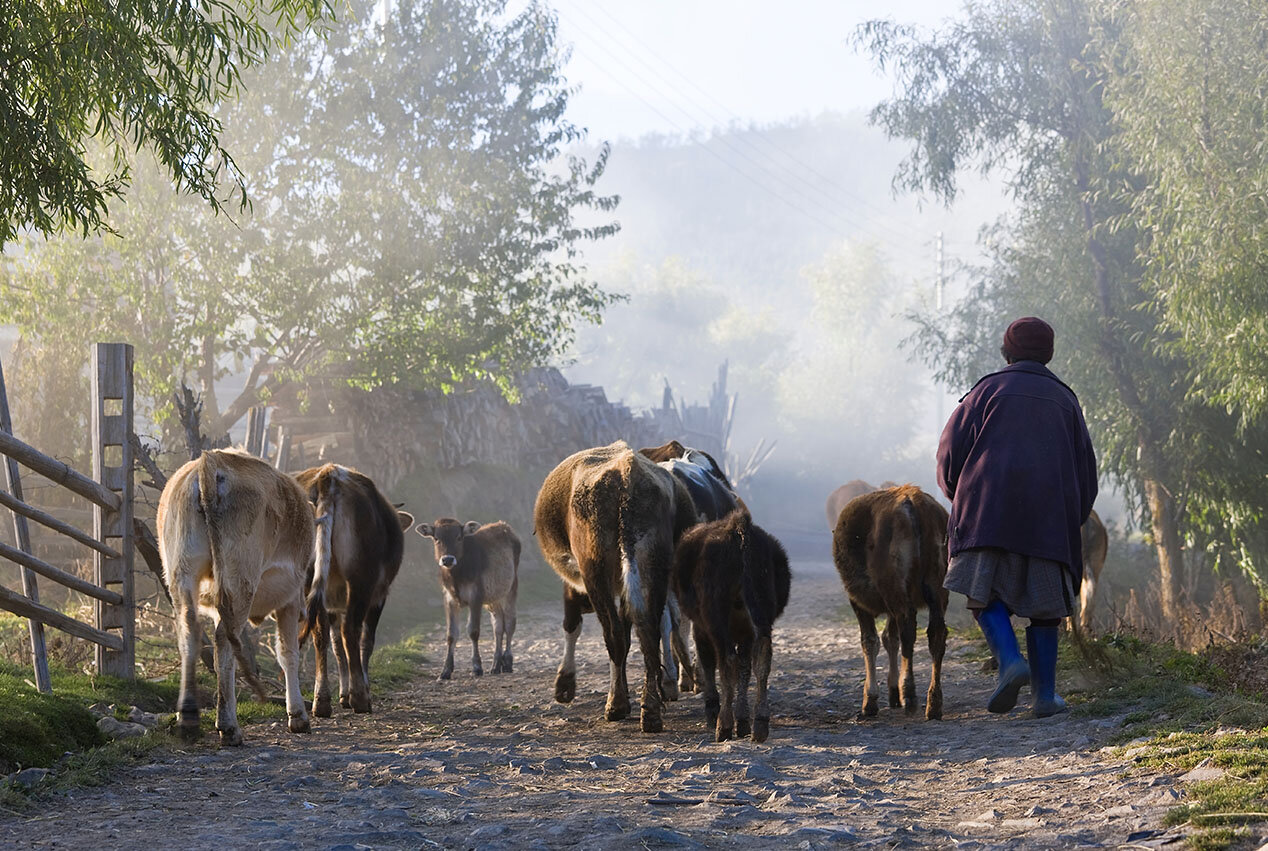
URA
A picturesque agrarian village, with cobblestone streets, that exudes a medieval feel and hosts regular traditional festivals.
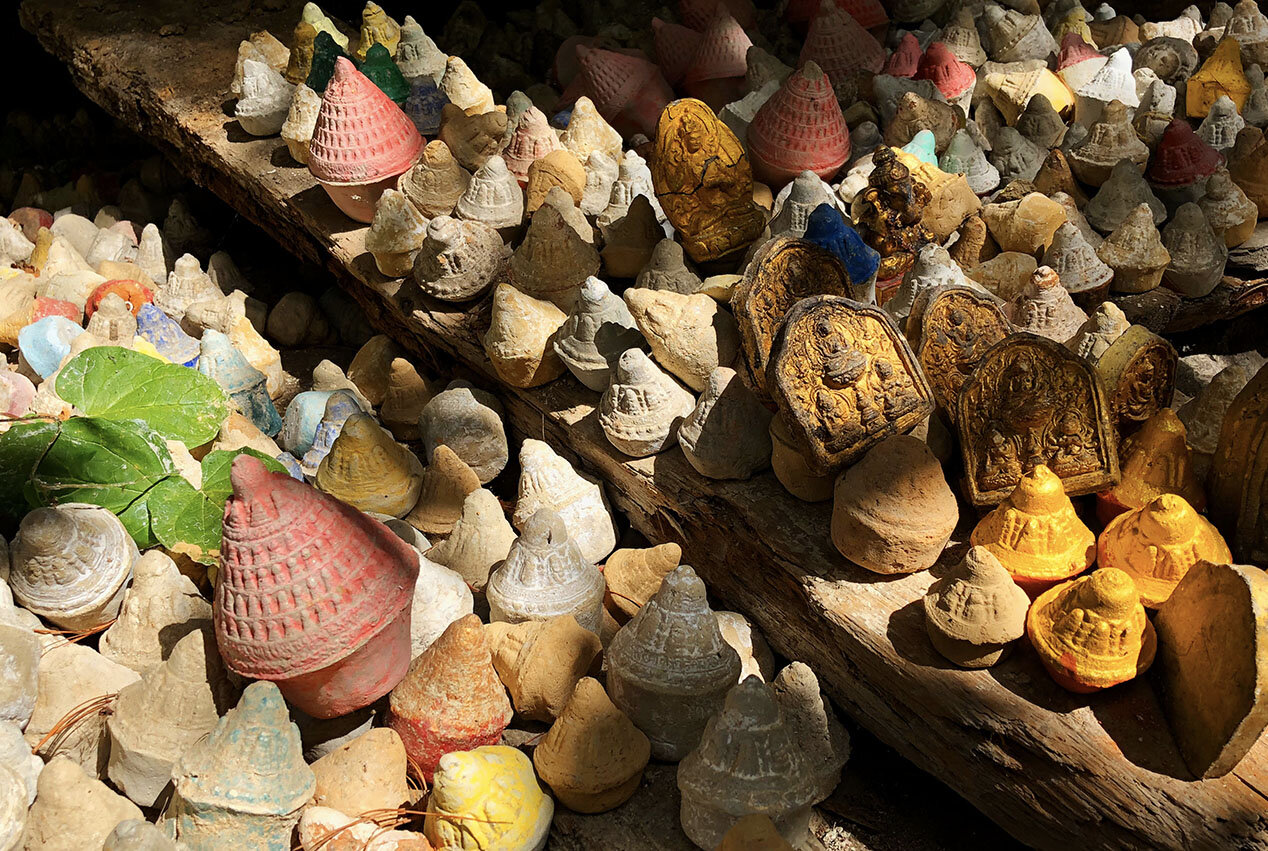
MEMBARTSHO
This so-called “Burning Lake” is one of the most revered sites in Bhutan. Legend has it the revered Pema Lingpa dove into the lake and emerged with lit candles, spreading spiritual benefit to all. The rolling dark water, flecked with mica dust, seems to indeed possess a magic all its own.
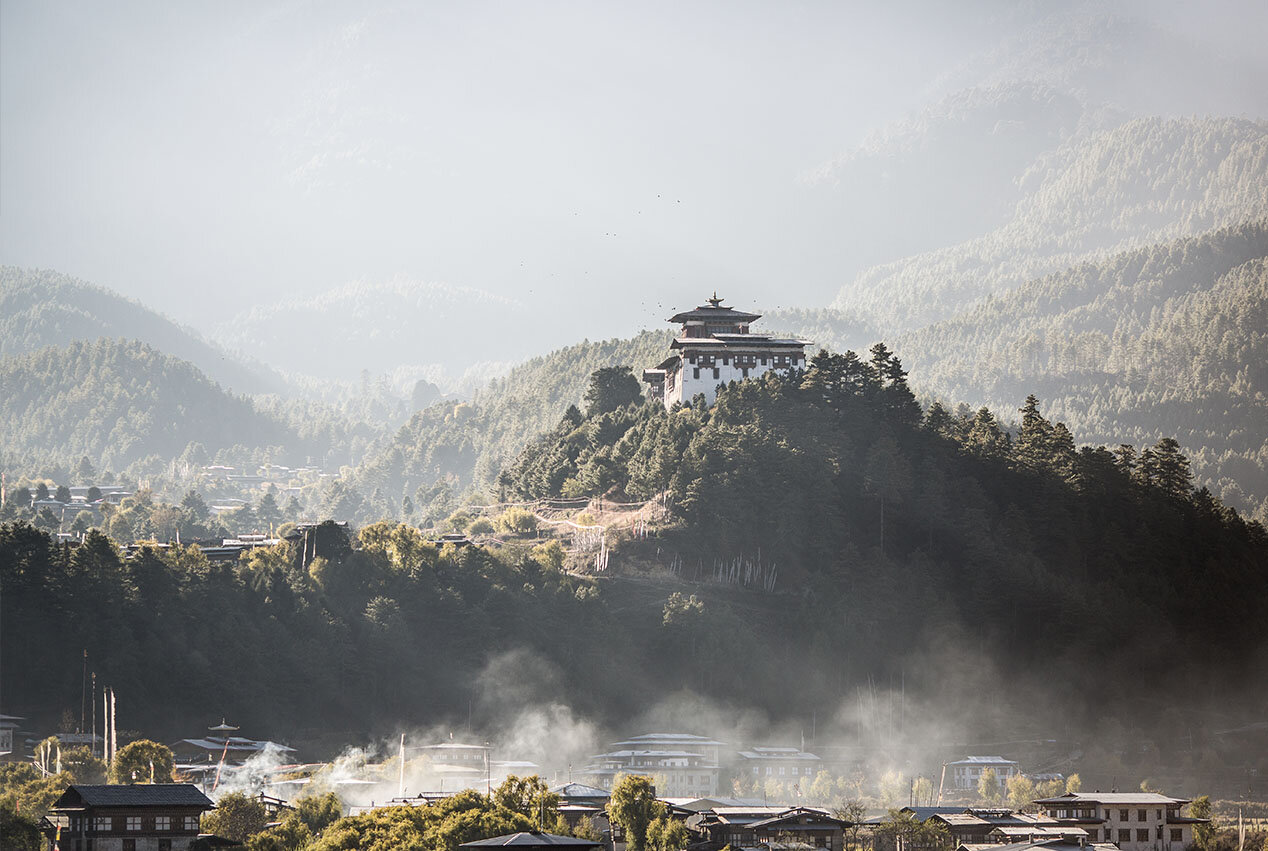
BUMTHANG CULTURAL TREK
This easy trek winds through villages and mountain monasteries, allowing access to traditional Bhutanese rural culture (plan 3 days.)
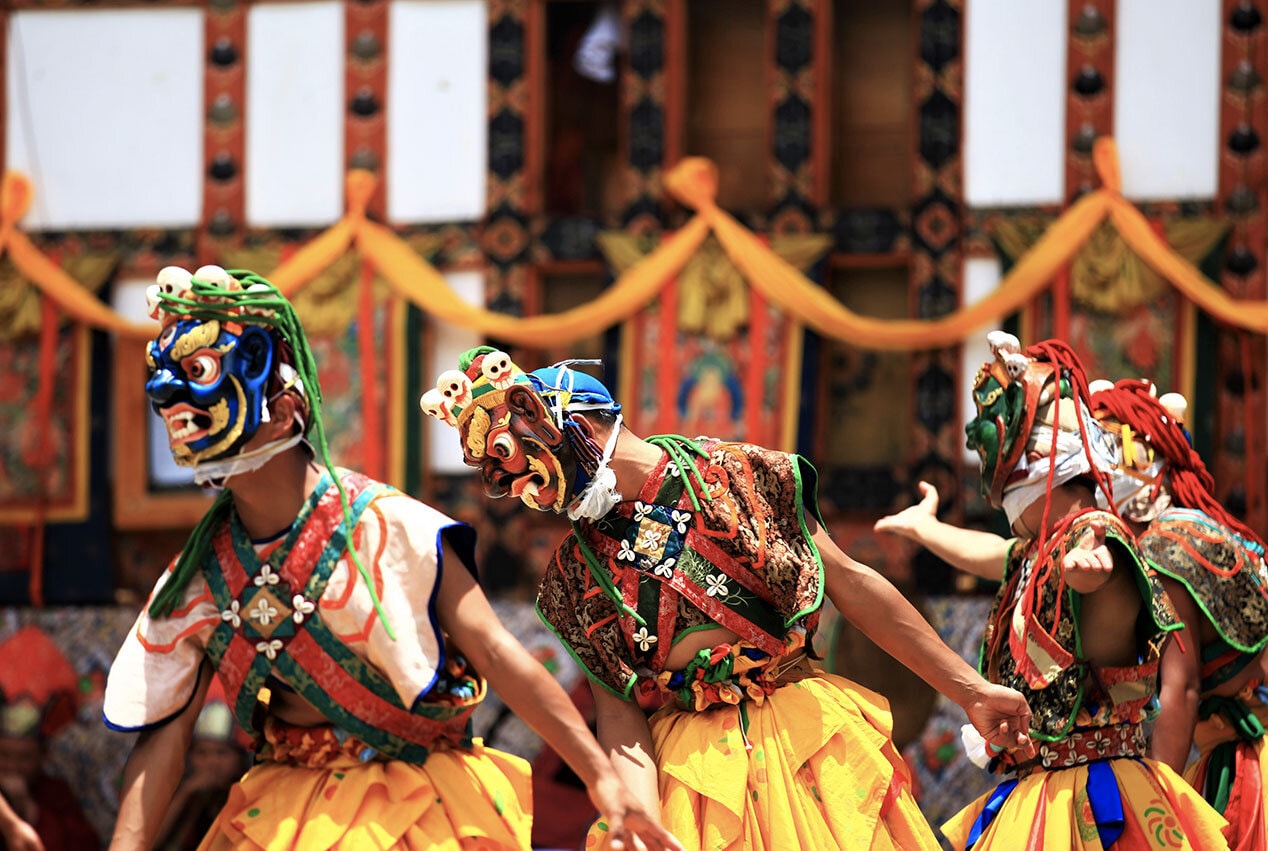
FESTIVALS
Festivals are serious business in Bhutan – wearing their finest, hand-woven clothes, people come from miles around to gain the blessings of attendance at these rites and enjoy a good party. Festivals take place year-round. Call for details.
sign up for our
Newsletter
Stay current with all the latest being offered from ATJ, as
well as updates on Asia Destinations.























